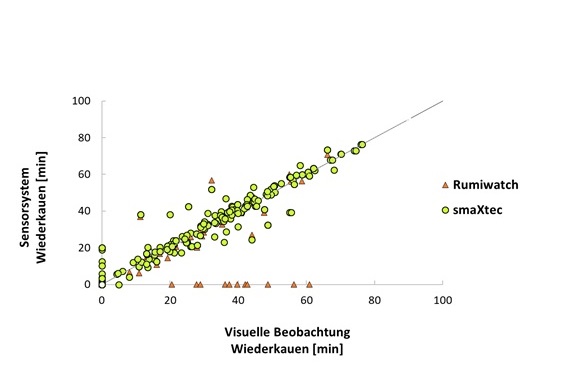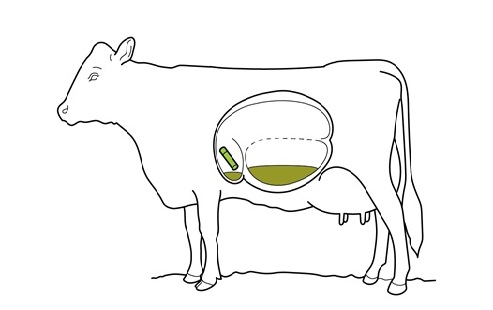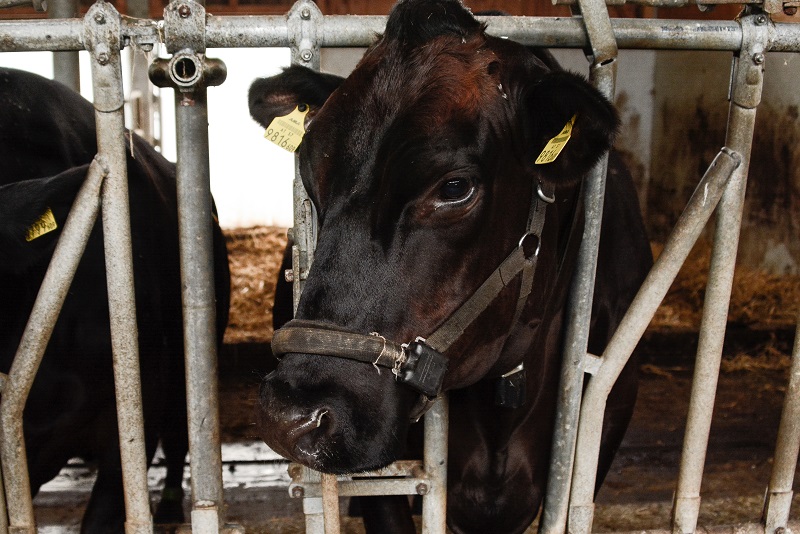Measuring rumen motility makes it possible to record the duration of rumination. In contrast to the eating process or resting phases, where two contractions of the rumen are measured, three forestomach contractions occur during the rumination process. In addition, the hood contraction takes significantly longer when ruminating than when eating or at rest. By knowing about the current individual animal rumen activity, it is possible to identify deviations at an early stage and to react to them immediately.
Animals from the HBLFA Raumberg-Gumpenstein research stable were equipped with smaXtec rumen boli. At the same time, visual observation and the recording of rumination time were carried out using Rumiwatch.

Figure 1 shows the extent to which the results of the Rumiwatch and smaXtec sensor systems agree with visual observation. What is certain is that the motility of the forestomach system can be continuously measured by the rumen sensor and the results can reflect the duration of rumination with a very high level of accuracy.
The tested systems differ in their diagnostic reliability. smaXtec achieves significantly higher concordance tendencies (r=0.91) than Rumiwatch (r=0.48). It is noticeable in the diagram that there are more measurements from animals with smaXtec Boli than with Rumiwatch sensors. This is because the sensors were tested with different numbers of animals.
From autumn onwards, rumination duration will be measured using smaXtec Boli on practical farms. The practicality, work management, resource efficiency, benefits and limitations of the system are then recorded using a questionnaire. The continuous measurement of rumination time gives the farmer the opportunity to access key data on the animal health of his herd at any time of the day or night. If it is possible to react to an animal's behavioral deviations earlier, loss of performance can be avoided and veterinary costs can be saved. However, sensor-based herd management systems will not replace traditional animal observation. Every system requires an expert operator who can check and edit the system's information and take the right actions based on it.

Figure 2: The smaXtec bolus is located in the animal's rumen. It is administered using a bolus dispenser and remains inside the cow, where it continuously carries out measurements (source: smaXtec)

Figure 3: The rumen bolus is in the form of a conventional bolus that is administered to animals for health reasons (e.g. calcium boluses) (source: smaXtec).
Text: Scherzer Edina, DI , Fasching Christian , DI
Measure financed by the LE 14 20 program
 |
 |







